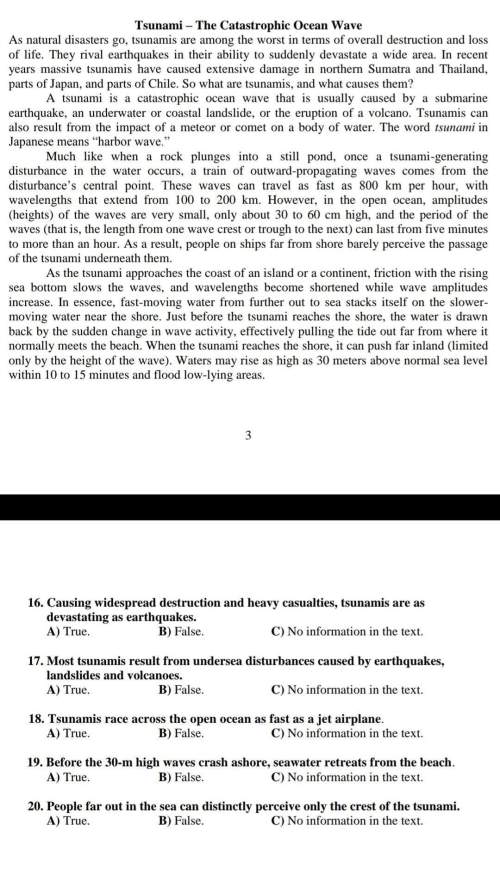The Story: "A TEEN AND A TROLLEY REVEAL SOCIETY'S DARK SIDE"
WASHINGTON, D. C. — A runaw...

The Story: "A TEEN AND A TROLLEY REVEAL SOCIETY'S DARK SIDE"
WASHINGTON, D. C. — A runaway trolley is barreling down a track. It’s headed toward five helpless people who can’t possibly get out of the way in time. But you’ve seen it coming. If you throw a single switch, you can put the trolley on a different track. Unfortunately, there’s someone standing on that second track who will now get hit. What do you do? Throw the switch and doom one person? Or do nothing and watch five die?
Thankfully, this situation isn’t real. It is a thought problem known as “the trolley problem.” Tiffany Sun, 17, used it to explore biases in people against certain types of appearance, of apparent income or of disability. Her results show some of our darkest behaviors. But knowing that those dark sides exist might help us fight to counter them, she says.
A senior at Roslyn High School in Roslyn, N. Y., Tiffany presented her results at the Intel Science Talent Search run by Society for Science and the public. Sponsored by Intel, this competition brings 40 high school seniors here to Washington every year. These young researchers present their projects to the public and compete for huge cash awards.
A philosopher first described the trolley problem in 1967. Tiffany came across it in a class on ethics — codes of conduct for how people interact with each other. It immediately fascinated her. “There was genuinely no correct answer,” she says.
Tiffany thought the trolley problem might be a good way to study biases — or the prejudices people have. Biases are often something that we try to hide. We may not even be fully aware that they color our interactions or decisions.
But a scenario like the trolley problem might bring such a bias to light. So Tiffany tried an experiment in social science — a field studying how people act toward each other. She surveyed almost 300 people. She asked each to decide what they would do in the trolley problem. Would they throw the switch and kill one person, or do nothing and allow five to die?
Tiffany varied the identity of the woman waiting on the track. Sometimes the woman was well off, wearing a suit and carrying a briefcase. Other times she wore a waitress uniform. Sometimes she was very attractive. Other times she was plain. And in one condition she no longer was standing, but instead sitting in a wheelchair.
If a woman looks somewhat wealthy — as represented by the business suit — only 24 percent of her participants would sacrifice her. But if she was dressed as a waitress, 59 percent of the people offered to sacrifice her to save the other five. If the woman was attractive, 44 percent of people would sacrifice her. That share climbed to 68 percent if she was plain. And while 54 percent of people would throw the switch to sacrifice a standing woman, the number jumped to 74 percent if she was described as sitting in a wheelchair.
Tiffany is not sure why there were such notable differences in choosing between people who are attractive or plain, rich or poor, disabled or not. But without a doubt, she says, it appears “that we as a society tend to view some lives as less valuable than others.”
The results don’t make our society look very nice, she observes. Still, understanding these hidden biases can be very important. With this information, she explains, “we can target those biases and create a more equal society.”
Do you agree with Tiffany's claim, understanding people's hidden biases can help us make a better society, in the final paragraph?

Answers: 1


Other questions on the subject: English


English, 21.06.2019 17:00, timmonskids6027
An effective thesis statement will reflect . . 1) possible weaknesses in your own argument. 2) possible weaknesses in your opponent's argument. 3) the type of document--or genre--you plan to write. 4) your attitudes about aquatic mammals
Answers: 3

English, 21.06.2019 18:00, osuigwewhitney487
What conclusion can you draw about the cultural values of the iroquois
Answers: 1

English, 21.06.2019 19:30, orlandoreypot2491
Plz change it i can not change this sentences .
Answers: 1
You know the right answer?
Questions in other subjects:

Mathematics, 12.10.2020 02:01





Mathematics, 12.10.2020 02:01

Mathematics, 12.10.2020 02:01


Mathematics, 12.10.2020 02:01

Mathematics, 12.10.2020 02:01




